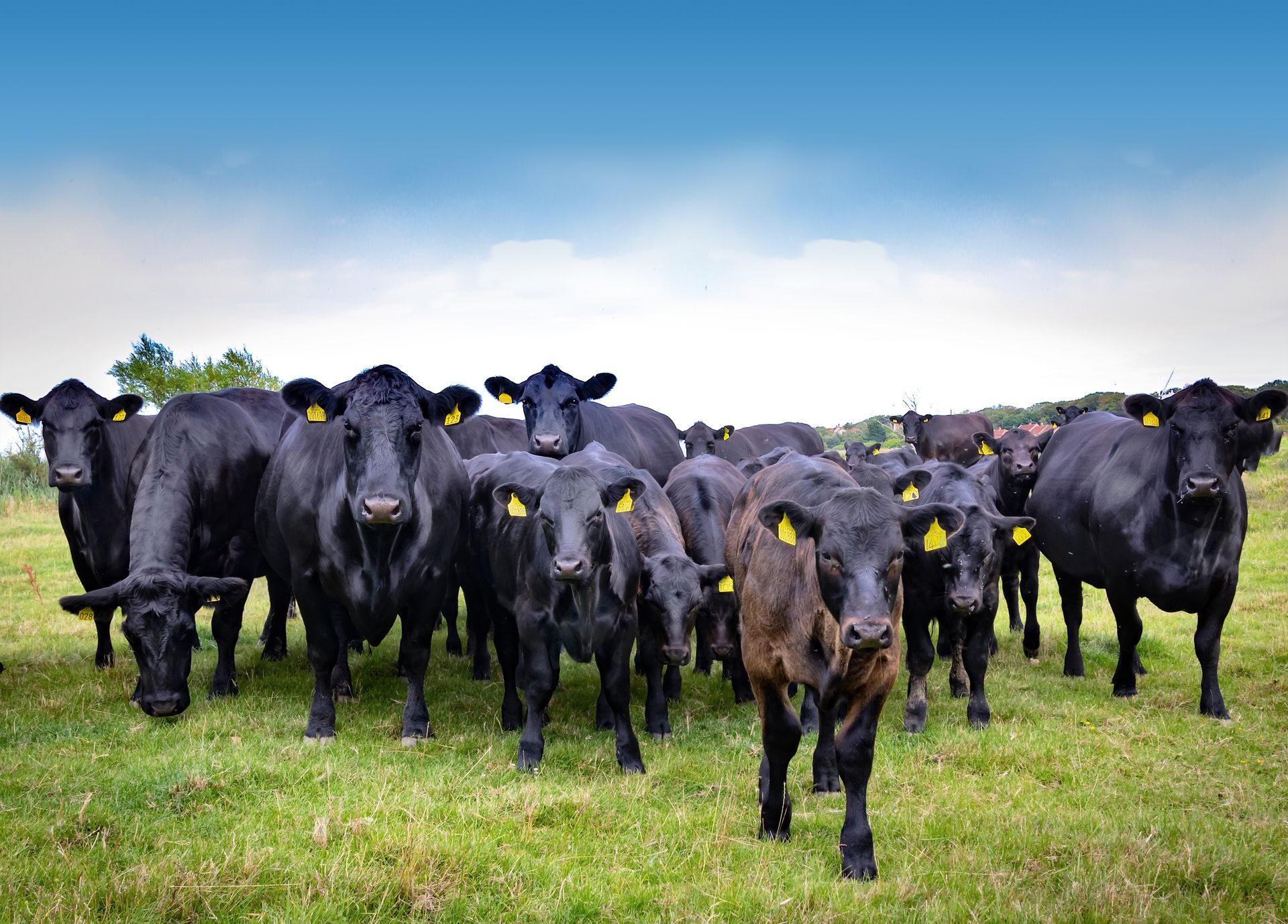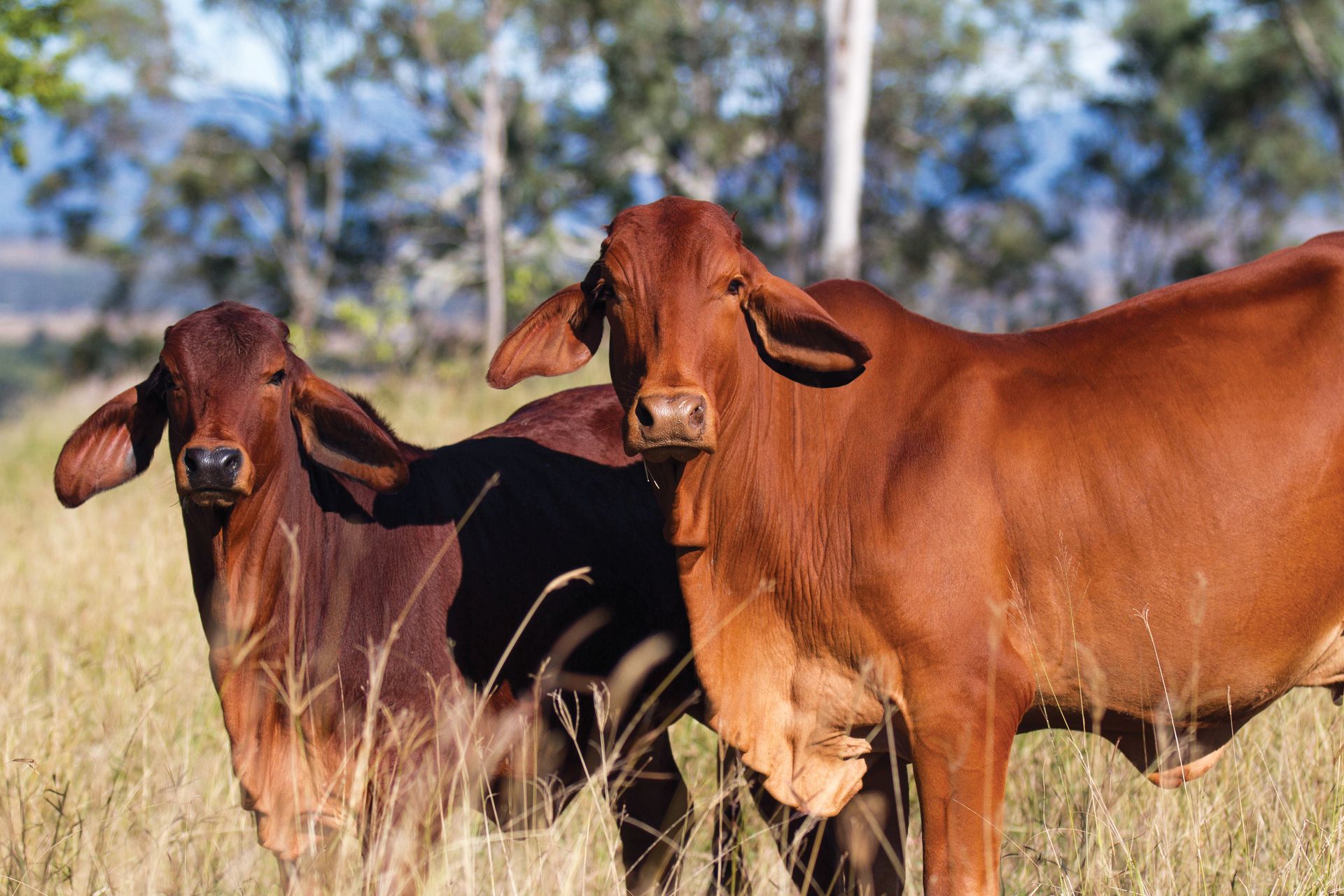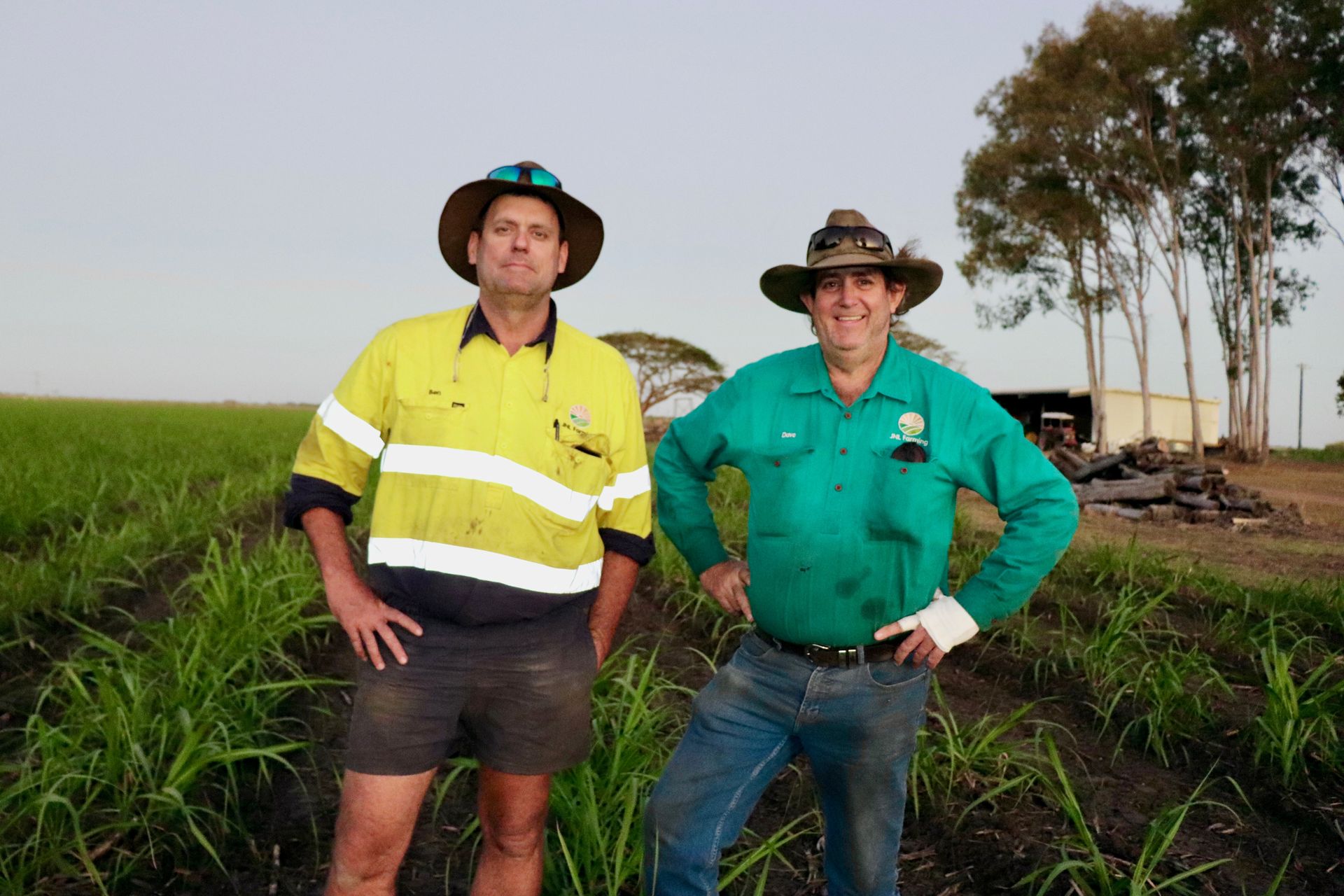1MG FlippingBooks
Boosting Cattle Herd Health and Profitability with Marks-Min®
Cattle producers are reaping the benefits of improved herd fertility, increased weight gain, and fewer stock losses thanks to strategic supplementation with trace minerals

Cattle producers are reaping the benefits thanks to strategic supplementation with trace minerals and vitamin B12. Marks-Min products optimise trace mineral and vitamin B12 levels in a single dose.
Ballarat cattle producer, David Wells, now sells heavier steers and heifers after optimising trace minerals and B12 with Marks-Min. “We weighed them at marking and recorded their weights over nine months,” says David. “The heifers increased by 11.6 kilograms over that time period and the steers increased 8.6 kilograms compared to untreated cattle.”
Tom Baker, Principal of Woonallee Simmentals in South Australia’s south-east, uses Marks-Min to save time without compromising animal health outcomes. “Combining trace minerals with B12 in a single dose allowed us to reduce an injection while getting the same benefit. Reducing an injection means we can save on labour and time.” he says. He’s also noted the improvement in cattle health. “With this overall improved calf health, we are seeing less respiratory issues and less scours.”
Getting the most out of feeder cattle in the cold Mount Gambier winter has been a priority for Benara Pastoral Company Farm Manager, Brad Creek. He uses Marks-Min to boost minerals important for his animal’s immune system to maximise per hectare production – even when there’s limited pasture available.
Treating cows once a year, pre-joining, has improved pregnancy rates and enabled the females to thrive – regardless of seasonal conditions. “We are finding our preg-test numbers have been up since doing a pre-joining treatment,” says Brad. “At joining time the feed is short, and the cows are doing it tough, I feel they really get a benefit from the trace minerals.”
Boehringer Ingelheim Technical Services Manager, Dr Gareth Kelly, said an animal’s need for trace minerals and vitamin B12 can be intensified at times of rapid growth, reproduction, or stress – such as feed restriction, transport, or entry into a feedlot. And in some cases, the trace minerals in soil consumed via direct grazing aren’t enough to optimise productivity, and supplementing through feed or orally isn’t always efficient or accurate. “There’s variation in individual intake, low absorption from the digestive system and competition with other dietary components, limiting the success of a supplementation program,” says Gareth.
“Using injectable mineral supplementation can avoid these variables by being rapidly absorbed into the bloodstream and made readily available to support optimal health and production. Minerals not immediately required are stored in the liver and mobilised as required.
Marks-Min was recently part of one of the largest injectable trace element studies done to date.
Click here for the Remarkable Results.




















